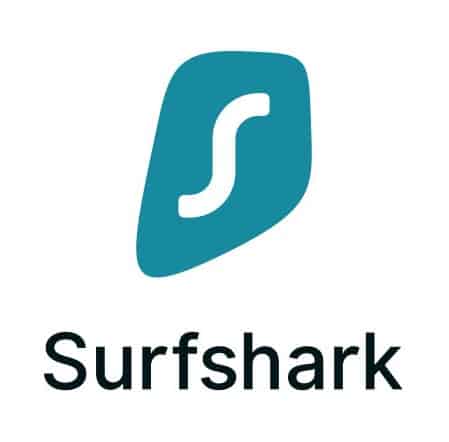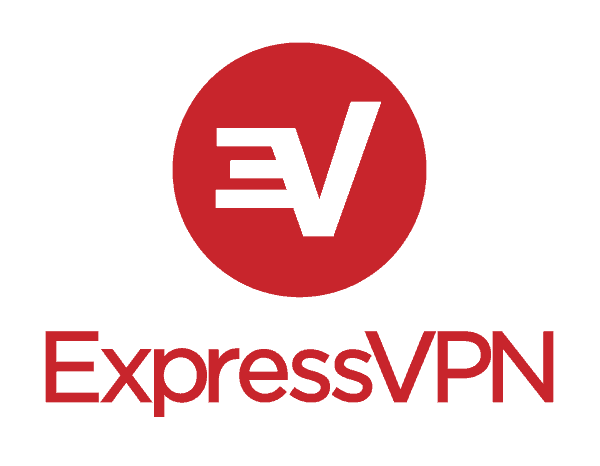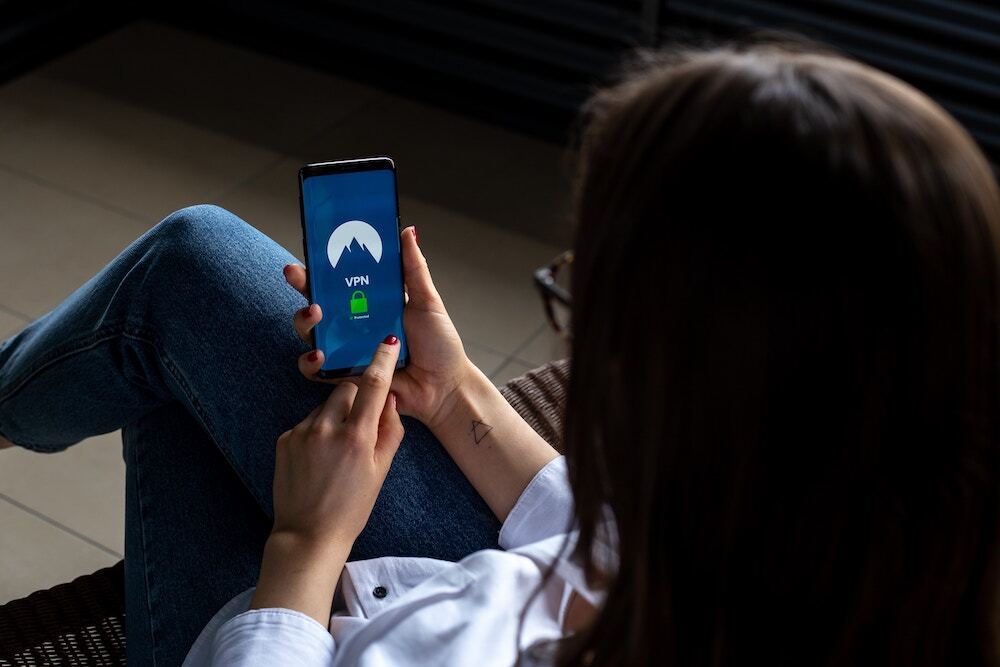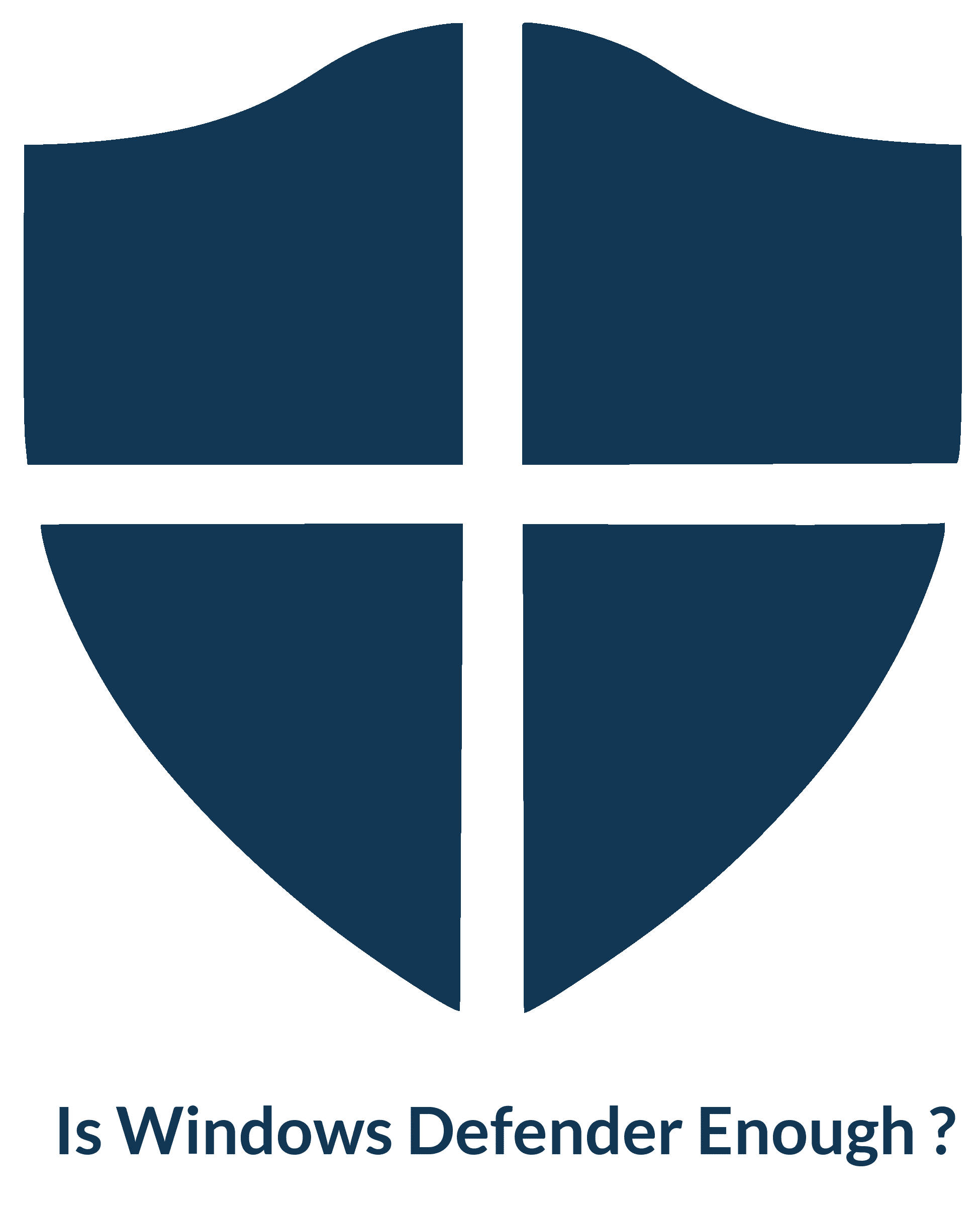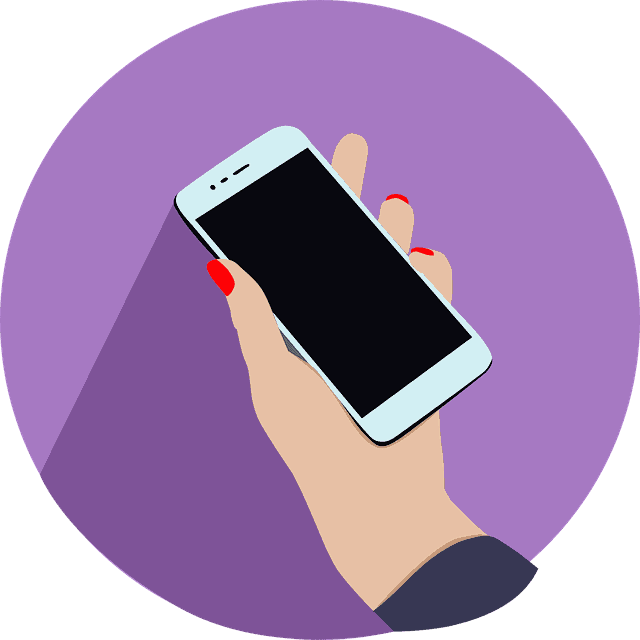Privacy Canada is community-supported. We may earn a commission when make a purchase through one of our links. Learn more.
How to Unblock Youtube
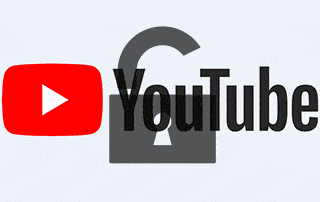
One of the best ways to watch video content on the internet is to browse through the offerings on YouTube. It’s not just a viewing platform. It’s also the second largest search engine on the internet after Google, drawing more than 1.5 million logged-in users per month, and an exponentially larger group of casual visitors. The video giant releases an estimated one billion hours of video feeds every day.
It’s a great way to see news broadcasts, opinion vlogs, and TV shows from any era or country, and you can get your daily fix of music or cute cat videos from thousands of sources.
So, why do some governments, localities, and organizations block YouTube, and how can you get around this annoying habit of geo-blocking vloggers and video channels?
Unblocking YouTube: Where There’s a Will, There’s a Way
The internet was meant to be an open platform where people can freely share content and exchange ideas. The beauty of the internet is that there’s always a way for technology to get around unfair or oppressive practices and censorship. This is the same reason why many websites are also blocked.
If you want to unblock videos, here are four of the safest and most reliable ways to get around the restrictions. Nearly all of them operated by making it appear that your IP address is originating from another location outside of the restricted zone.
1. Use a Virtual Private Network (VPN)
One of the best ways to unblock videos and shield your activity is by using a virtual private network (VPN). VPNs route all of your traffic through an encrypted tunnel to hide your location, IP address, and other identifying information. By tricking ISPs and networks into thinking you’re in another physical location, you can get around restrictions. Similar to how you can unblock streaming sites like Netflix.
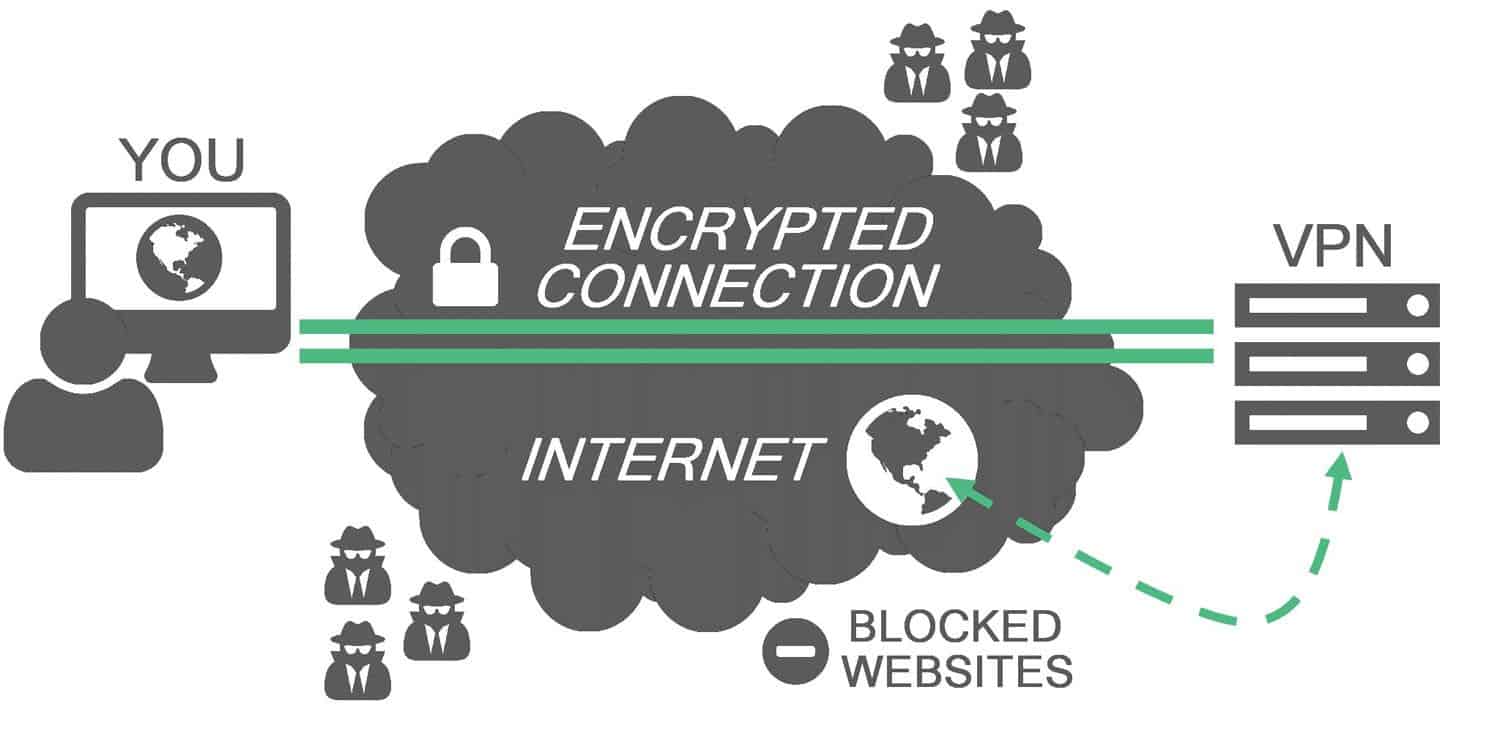
This is a preferred choice because VPNs offer more than privacy. You go out of your way to find the best home security system, so why not protect the information that travels through your computer network or mobile device? The best VPN services harden their networks with military-grade encryption and have a strict no log policy. That means they have no data that governments or administrators can use to pinpoint your identity, activity, and location if even the VPN service is ordered to hand it over.
Nothing good is free. It’s worth investing in a paid service, as free VPNs still log user data, and many sell it to third parties to pay the bills. You can find a solid VPN by comparing prices, availability, and features.
What should you look for in a private network?
- Favorable location
- A high number of servers, locations, IP addresses
- Good connection and download speeds
- No logging or data retention
- Good price/feature ratio
- Money-back guarantee
- High-grade encryption
- Compatibility with most platform and protocols
- Streaming/torrenting support
- Access to YouTube and other restricted platforms
- Killswitch for immediate disconnection
Need a few recommendations? We present three great VPNs that offer the best security, price, and features for private video viewing, anonymity and online safety. NordVPN, Surfshark, and ExpressVPN.
NordVPN – #1 Pick for Speed and Security
NordVPN offers very high levels of security and privacy technology. The company is located in Panama, and offers outstanding protection and distance from intrusive government oversight and regulations.
Considered to be the best in security and encryption, NordVPN offers amazing speed and offers a 7-day free trial. NordVPN offers a 30-day money-back guarantee.
Pros
- DNS leak protection
- Unblocks YouTube
- Advanced leak protection and obfuscation
- No log policy
- Mobile app
- Double-hop availability
- TOR-over-VPN availability
- 30-day money-back guarantee
- 24/7 live chat support
- CyberSec ad blocker
- User-friendly interface
- SSL authentication, military-grade encryption, supports AES-256, OpenVPN, IPSec, and IKEv2
- Built-in killswitch
- Allows up to six devices
- Supports all major devices, browsers, and operating systems
Cons
- Speeds vary from region to region
Price: Nord’s monthly service is slightly cheaper than ExpressVPN at $11.95/mo. They also offer more options for long-term contract, with an annual plan for $4.92 per month, and two-year contract for $3.71 per month. All subscriptions are payable upfront, and they offer a 30-day money-back guarantee.
Payment options:
- Credit card
- Cryptocurrency
- AliPay
Number of servers: With NordVPN, you can gain access to YouTube through more than 5,100 servers located in 62 countries.
Speed: NordVPN was tested under similar testing criteria and uses. The top speed attained was 95.02Mbps with a server located in the UK. The slowest was a dismal 3.87Mbps from a server located in NY. The average was about 65.53Mbps.
Surfshark – Best Bang for your Buck Service
Surfshark, while having the features to be an effective VPN, is on this list mostly because of price.
Based out of the British Virgin Islands, Surfshark is relatively new to the VPN market but already is known for being a great VPN if you are using it for streaming services.
Pros
- Extremely cheap
- Supported for torrenting
- Good for streaming
- No data tracking
- No logging
- User-friendly app
- Automatic kill switch feature
- Private DNS
- Leak protection
- Whitelister Feature
- Money-back guarantee
Cons
- New to the VPN market
Price:
This is where Surfshark stands out. If you’re willing to commit to a long-term plan, the price is as low as $2.49 per month. Their one-year contracts are $4.98 per month and pay as you go is $12.95 per month. They also offer a 30-day money-back guarantee for Android, iOS, and mac.
Payment options:
- Major credit cards
- Amazon Pay
- Google Pay
- Paypal
- Cryptocurrencies
Number of servers: 1000 servers in more than 61 countries.
Speed: Conducting a speed test on a few different servers while browsing, the download speed from the US servers was 61.15 Mbps. From a European server, the speed was 69.11 Mbps.
ExpressVPN – Great Speed, More Expensive
This network is constantly vying with Nord for market dominance, and the two providers run next-and-neck on many fronts. Where it edges-out NordVPN is in speed.
The company is based out of the British Virgin Islands, a place that’s known for its lack of intrusive surveillance and data retention laws. It’s also out of the way of 5/9/14 Eyes nations oversight, spying, and information sharing.
Pros
- Unblocks YouTube
- No logging or data retention
- Large number of servers and locations
- Military-grade encryption, supports AES-256, OpenVPN, IPSec, and IKEv2
- Fastest network
- Free trial
- 30-day money-back guarantee
- SSL authentication
- Mobile app
- Double-hop availability
- TOR-over-VPN availability
- 24/7/365 live chat support
- DNS leak protection
- Built-in killswitch
- Supports all major devices, browsers, and operating systems
Cons
- No phone number or physical address listed on website
- Higher price compared to other providers
- Only allows three devices
Price: This VPN offers a monthly pay-as-you-go plan for $12.95, and two contract plans. One is a six-month contract for $9.95 per month, and the other is an annual contract for $6.69 per month. Both subscriptions are billed the total contract amount up front, and the annual plan comes with three months of free service, for a total of 15 months.
Payment options:
- All major credit cards
- PayPal
- Bitcoin
- Cryptocurrency
Number of servers: ExpressVPN offers connections through more than 3,000 servers across 93 countries, with more being added every day.
Speed: Speed tests conducted on a range of servers in various location showed connection of 83.11 Mbps on the high end from a server in Amsterdam to 30.26 at the slowest out of Hong Kong. Test were conducted with a 100Mbps connection using simple browsing, gaming, streaming, and video playback.
Whichever you choose between the 3 heavyweights, you are guaranteed to enjoy the experience and safety of having a great VPN. Both companies are also considered the best VPNs for Netflix and the best VPNs to work with routers. So if you go with either one, you’re not just unblocking Youtube, you’re unblocking everything.
2. Use a Proxy Server
One of the more common ways of bypassing restrictions and unblock YouTube is by using proxy servers. Proxies route traffic through themselves when you sign in through the nearest server from the network you choose.
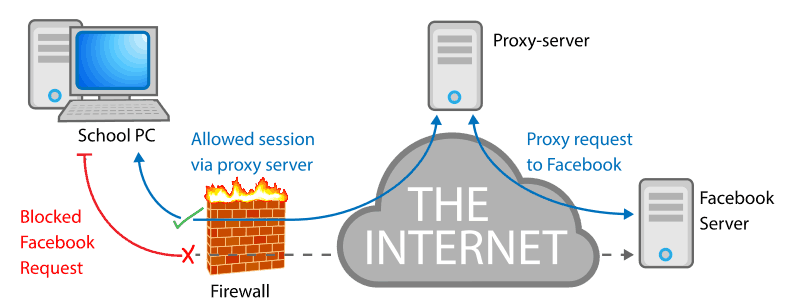
While this allows you to bypass blocks, most aren’t encrypted. That means the entity that denied your access can still monitor your activity. If you choose this route, make sure your webproxy has encryption included.
3. Download Direct
If you can access the platform, but you’re restricted from watching videos, you can always download them to your computer and view them offline. This can be done by using a browser extension like Download Helper (for Firefox), following one of these procedures, or selecting the built-in download feature on your YouTube mobile app. However, the mobile app requires you to buy a premium subscription to download video, and downloading video doesn’t solve the issue of the YouTube search engine itself being blocked.
You might also want to visit websites that offer Youtube downloads, as long as you have the full URL link to the video. It’s worthy to note that when browsing for viable downloading sites like this, you might need to shield yourself from prying eyes, from ISP and government oversight, as this is seen as something similar to torrenting, you might want to think about using the most secure browsers for such activities, and go to best private search engines to anonymize your searches.
4. Install The Onion Router (TOR)
The Onion Router (TOR) is both a network and a browser that offers a lot of benefits. This platform is most infamously known as the only way to access the Deep Web and Dark Web, which makes it ideal for accessing other blocked or restricted websites. TOR is totally free and allows you to use anything the internet has to offer with anonymity. It works by routing your data through a series of nodes located in locations around the world rather than through encryption. Your activity is completely hidden while you’re logged onto the network, but it becomes visible again once you leave, even if it’s only long enough to check your email.

It will allow you to access restricted or blocked content, but the speeds are slower and depend on the quality, location, and number of the nodes routing the traffic. It’s generally not a good platform for streaming. For the best speed, just use a VPN. If security is your main concern, then use it in combination with a VPN, and install both directly on your mobile device or router.
5. Modify the URL
This procedure only works if you’re using a network that puts the main YouTube URL, Youtube.com, on a blacklist of restricted websites. It will not work on geo-blocked or government censored content. Simply use the secure https when you type the URL rather than http. Quite a simple solution, but it doesn’t work all the time. It’s still worth a try.
Why Do Governments and Others Block YouTube?
Sometimes, bosses and school administrators don’t want employees or students to watch videos while they’re supposed to be working or studying. It’s also a distraction if others can hear your video. Some content may not be appropriate for the viewer due to their age or the nature of the content. That’s why YouTube places age restrictions on adult content that you need to sign into an account and be over the age of 18 to view some videos.
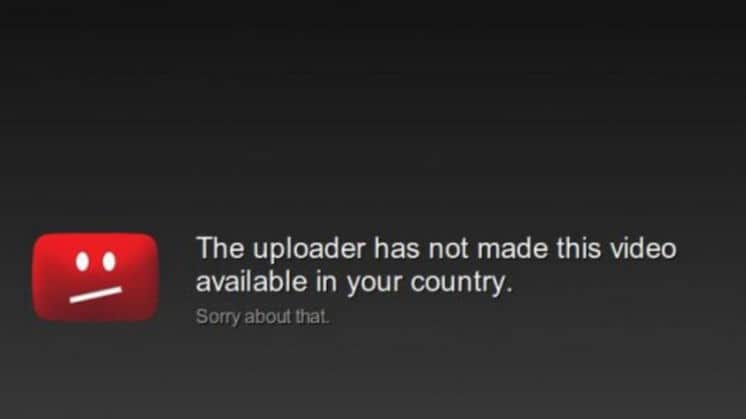
Then, there’s the case of oppression and censorship in countries that tightly control what people within its borders can view or say. This extends to YouTube due to a large amount of political or religious video channels and commentators who use the platform to educate, inform, organize, or even offend. There are also a number of how-to videos that teach subjects or provide instructions for activities that might be considered dangerous to people or institutions.
It isn’t just bosses and oppressive regimes that block content. Popular TV shows and movies are also blocked due to licensing issues or to protect copyrighted materials. In Canada, they even block YouTube music and sports channels.
Through passive analysis, it’s possible, though not easy, for your ISP – or government spies – to discover that you’re watching videos related to:
- Certain medical conditions or health problems
- Specific political candidates or parties
- Videos related to resistance movements
- Videos related to substance abuse or addiction
This problem can be eliminated by accessing YouTube through a mechanism that masks your IP address, location, and other information that could be used to identify you and your location. You guessed it, through a VPN.
How Does Geo-Blocking Work?
Every computer or mobile device that accesses the internet has a unique IP address that’s used to identify the device and location. When you attempt to access YouTube from a location that places restrictions on it, like your office or school, or when you want to view video in a country where the platform is banned, the internet service provider used to access the internet detects that IP address and block your access (Read more: Hiding your IP address).
There are also databases that map and collect IP addresses by country or region; this is how streaming platforms like Netflix sometimes know you’re using a VPN to watch blocked content by location and give you the dreaded Netflix proxy error. The access restriction can be set by an organization, service provider, government body, or by the content creator.
There are other methods that governments and others employ to block YouTube that goes beyond geo-blocking users in certain locations.
Port blocking: Computer ports are numbered 1 – 64435 and act in the same manner as TV channels or radio stations. Port blocking is used to prevent network access by restricting access to certain ports. For example, network administrators routinely block TCP port 25, which is a preferred entry point for hackers.
Deep packet inspection (DPI): This is also called information extraction (IX) or complete packet inspection. It utilizes software to analyzes headers and portions of packet data as they pass through inspection points to determine where the packet originated, where it’s going, and what’s in it. Through this technology, a government can even figure out if a packet of data has been re-routed from another location.
The protocol is part of a firewall configuration at the application layer, and it works like this:
- Packet contents are examined as the move through checkpoints
- The contents are evaluated using criteria set by the DNS server, ISP, or network
- If the packet meets the pre-determined criteria, the computer’s DNS request is rerouted away from a particular network or online service like YouTube.
- An error message will appear telling the user that the request is denied.
By performing this type of analysis, the filter can determine if the packet violates compliance protocols, detect spam or viruses, prevent intrusion, or block websites.
Name server seizure: When a company or government has control over the top-level domain server (TLD), which assigns the .com, .net, or .org at the end of a URL, they have control over your DNS address and domain name. They can use this power to block any domain name requests.
Autonomous system number (ASN) blocking: ASNs are a range of numbers assigned to internet service providers that relates to the corresponding range of IP addresses assigned to the service. Governments seeking to block certain websites can order or trick the ISP into assigning a smaller or larger number that falls outside of the parameters granted to that provider. This fools the network into identifying it as an illegitimate address and denying access.
What Countries Block YouTube?
Although this list can change as political climates and licensing requirements change, this infographic shows the countries where popular content sharing and social media platforms are banned or restricted.

FAQs
Need a few quick answers? Here’s a brief FAQ regarding YouTube blocking and restrictions.
Q: Should I use a proxy server to unblock YouTube?
A: You can use this method to access YouTube, but it’s not the best solution. Not only do some proxies offer less protection than a VPN, the protection is only available while using that server. You also have to access proxies first to get to the blocked web content, and not all websites are accessible this way. VPNs and TOR are types of proxies that allow you direct access regardless of the restriction or location. You can gain additional protection from hacking or snooping by creating secure passwords for each account and installing the best password manager you can find to keep track of them.
Q: Are proxies safe?
A: Proxy servers offer you privacy by masking your IP address, but they don’t offer the security and encryption that you’ll get with a VPN. They also go through random servers, so you can never be sure about the security of each session. If you’re going to use one, make sure that you also have good security software and encryption on your computer or mobile device.
Q: Can I disable restrictions on the YouTube app for iOS?
A: The short answer is yes. But, the restriction must be disabled on each browser or device you use. It remains disabled until you enable it again, even if you sign out and someone else uses your device. If you’re concerned about your kids’ online safety, turn the restrictions back on before giving your iPad or iPhone to your children to use. You can also use filters to block specific types of content.
Here’s how to disable restrictions:
- Locate your account icon on the top right of your screen and tap it.
- Select “Settings”
- Select “Restricted mode filtering”.
- Toggle restricted mode on or off
Some websites post YouTube content. To disable the restriction on your website, follow the same procedure after accessing the account admin settings.
Q: Do ISPs know the videos I watch on YouTube while using a proxy?
A: YouTube encrypts their content URLs to protect user data, but there are ways that ISPs can detect specific viewing patterns if not specific videos. This is partially due to how your web browser loads and replays video content.
- An encrypted channel is opened between your browser and YouTube to transfer data.
- Your browser requests and receives data packets of video that play at the speed and quality determined by the content uploader or viewer preference. Even if your information is encrypted, there’s enough information available for someone who’s looking for it to figure out what you’re watching.
Final Thoughts
Although there is more than one way to solve the problem, the best way to get around these geographic restrictions is still by using the best VPN around like NordVPN and ExpressVPN.
If it has ever been put on film, chances are good that there’s a YouTube video evidence somewhere. Whether you live in an oppressive country, your boss keeps you on a tight leash, or you can’t access content while traveling, there’s always a way to get around unfair restrictions, government censorship, and geo-blocked content.
The above solutions don’t just provide you with a way to watch your favorite content creators or video channels. Some also protect you by shielding your privacy and giving you a greater level of security. This isn’t just a convenience, it can also preserve your freedom.




